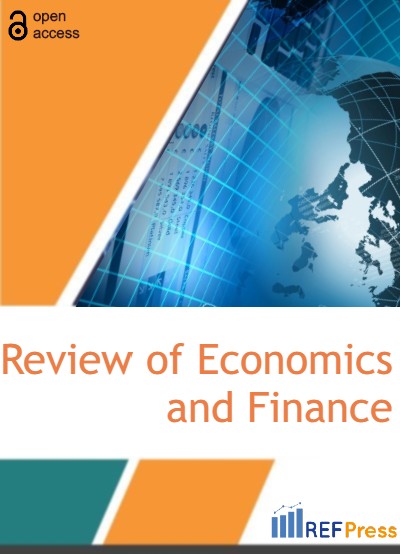
Using Taylor’s Law to Estimate Variance in Annual Unemployment by State
(Pages 162-164)David A. Swanson1 and Jeff Tayman2
1Department of Sociology, University of California Riverside, 900 University Ave, Riverside, CA 92521, U.S.A.
2Department of Economics, University of California San Diego, 9500 Gilman Dr, La Jolla, CA 92093, U.S.A.
DOI: https://doi.org/10.55365/1923.x2022.20.18
Abstract:
Taylor’s law (TL) is a widely observed empirical pattern that relates variance to the the mean of a set of non-negative measurements via an approximate power function: varianceg ≈ a × (meang)b, where g indexes the group of measurements. While widely observed, we have not found an application of TL to annualized state unemployment data. Thus, in this paper, we construct a model using TL to estimate of the variance in the 2018 annualized number of employed by state using the mean number. Our “in-sample” set consists of 38 states with 25 or more counties. We then test the model by estimating the variance in the 2018 annualized number of employed by state using the mean number. Our “out-of-sample” test set consists of the 12 states with fewer than 25 counties. Variance in the numbers of annualized unemployed by county within each state is important because it is a summary measure of how disproportionate unemployment is spread across counties. This suggests that policy-based efforts to reduce unemployment inequality among counties in a given state might better serve a state with a high mean level of county unemployment than a state with a low mean level of county unemployment because Taylor’s Law shows that there is a higher level of unemployment inequality in the former than in the latter.
JEL Classification:
B41, C13, C18.
How to Cite:
David A. Swanson and Jeff Tayman. Using Taylor’s Law to Estimate Variance in Annual Unemployment by State. [ref]: vol.20.2022. available at: https://refpress.org/ref-vol20-a18/
Licensee REF Press This is an open access article licensed under the terms of the Creative Commons Attribution Non-Commercial License (http://creativecommons.org/licenses/by-nc/3.0/) which permits unrestricted, non-commercial use, distribution and reproduction in any medium, provided the work is properly cited.
